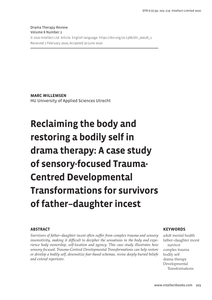Er zijn veel verschillende sensoren beschikbaar die gebruikt kunnen worden om data in te winnen. Daarnaast zijn er veel verschillende werkwijzen om aan de slag te gaan met sensoren. Om een gestandaardiseerde werkwijze op te stellen, is een groep 4e-jaars AGIS studenten van de HAS green academy in het kader van het SURF project SMART sensordata infrastructuur aan de slag gegaan met het proces omtrent het inwinnen van data met sensoren. Hier is een werkwijze uit komen rollen die voor iedereen en overal werkt. In deze handleiding wordt de werkwijze stap voor stap uitgelegd.
MULTIFILE

Deze publicatie is tot stand gekomen in het kader van een updateproject, waarbij een groot aantal technische voorlichtingspublicaties wordt aangepast aan de huidige stand der techniek. Hierbij heeft een nauwe samenwerking plaatsgevonden tussen de op de laatste pagina van deze publicatie vermelde partijen. Deze publicatie is een update van de publicaties "Construeren voor booglassen met robots" (VM 105, FME, 1997), "Sensoren voor booglassen" (VM 96, FME,1993) en "Booglassen met robots" (VB920901, NIL,1992) en vormt samen met de publicaties "TI.07.39 - Eenvoudige mechanisatie bij het booglassen" en "TI.07.40 - Ontwerp voor gemechaniseerd lassen" een overzicht met betrekking tot de automatisering van het lasproces. Al deze geupdate publicaties zijn, evenals de andere in dit updateproject vervaardigde en uitgegeven publicaties, als pdf-file vrij te downloaden vanaf de websites "www.verbinden-online.nl", "www.dunneplaat-online.nl" en via de websites van de deelnemende organisaties.
DOCUMENT

Survivors of father–daughter incest often suffer from complex trauma and sensory insensitivity, making it difficult to decipher the sensations in the body and experience body ownership, self-location and agency. This case study illustrates how sensory focused, Trauma-Centred Developmental Transformations can help restore or develop a bodily self, desensitize fear-based schemas, revise deeply buried beliefs and extend repertoire.
DOCUMENT
